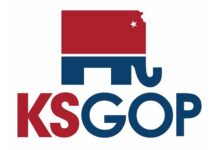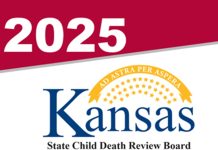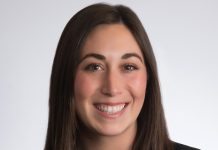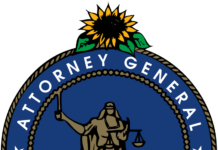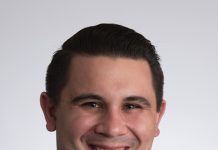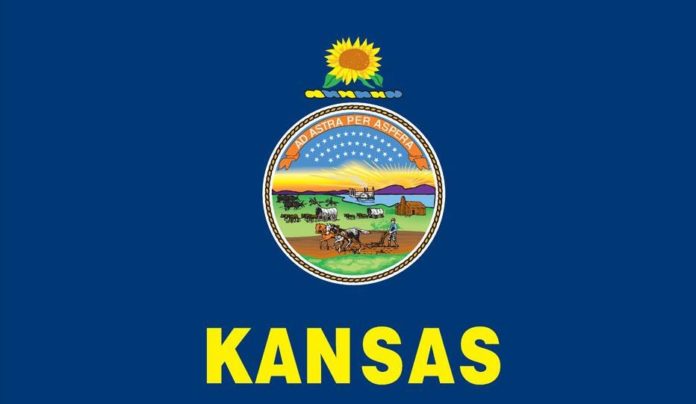Kansas’ population ranking has slipped two rungs since 2010 with the state gaining little ground in overall population growth while trailing other Midwestern states, new Census Bureau statistics show.
Kansas has grown by about 58,000 people — or just about 2 percent — since 2010, according to the latest census estimates released Wednesday.
The state’s population — estimated at 2.9 million — now ranks 35th in overall population, down from 33rd in 2010, the estimates show.
The 2 percent population growth seen in Kansas the last eight years trails Missouri at 2.3 percent, Arkansas at 3.4 percent, Iowa at 3.6 percent, Nebraska at 5.6 percent and Oklahoma at 5.1 percent.
Maybe more telling is data showing that Kansas continues to lag behind as one of the slower-growing states nationally in population.
In terms of raw numbers, Kansas ranked 40th nationally with a population increase of 58,379 since 2010. In terms of a percentage increase, the state ranked 38th.
The numbers aren’t much better over the short term, either.
Kansas grew by about 800 people this year from last year as of July 1. The population is about even with where it was in 2016, the data showed.
In terms of year-over-year numerical growth, the state ranked 42nd nationally. Kanas also ranked 42nd in percentage growth, which was negligible.
By comparison, Nebraska grew by 11,693 in 2018 from 2017. Missouri was up 17,840 year over year. Iowa increased by 12,508, and Arkansas’ population grew by 10,828. Oklahoma recorded a year-over-year increase of 10,439.
Growing the state’s population was one of the aims of former Gov. Sam Brownback when he pushed through massive tax cuts that were later blamed for causing budget deficits and were mostly repealed in 2017.
Brownback also adopted other plans for growing the state’s population, including tax incentives that were designed to lure people back into rural areas of the state.
As of 2016, about 500 people claimed the tax credit as part of the program, which also paid off up to $15,000 in student loans for people who moved to one of several dozen designated rural counties.
Incoming Democratic Gov. Laura Kelly talked about growing the state’s population during the governor’s race.
“In order to repair the damage done over the past eight years, we must work together to make Kansas an attractive place to live, work and raise a family,” Kelly spokeswoman Ashley All said in an email Wednesday.
“Gov.-elect Kelly will focus on key priorities to help Kansas families succeed, like improving our schools, expanding Medicaid, and growing our economy,” All said.
During the campaign, Kelly introduced a plan that was intended to help foster growth and spark prosperity in rural areas that suffered population losses.

Among other things, Kelly’s rural program called for rural housing, investing in downtown Main Street corridors, building transportation and high-speed Internet infrastructure, promoting tourism and supporting agribusiness.
“Every Kansan should have access to a high quality of life regardless of the zip code,” she said in a statement at the time. “In the last eight years, we’ve seen hospitals close, schools close or go to 4-day weeks, industries relocate, highway projects cut or delayed and families move due to lack of quality housing.
“We can and must do better.”


